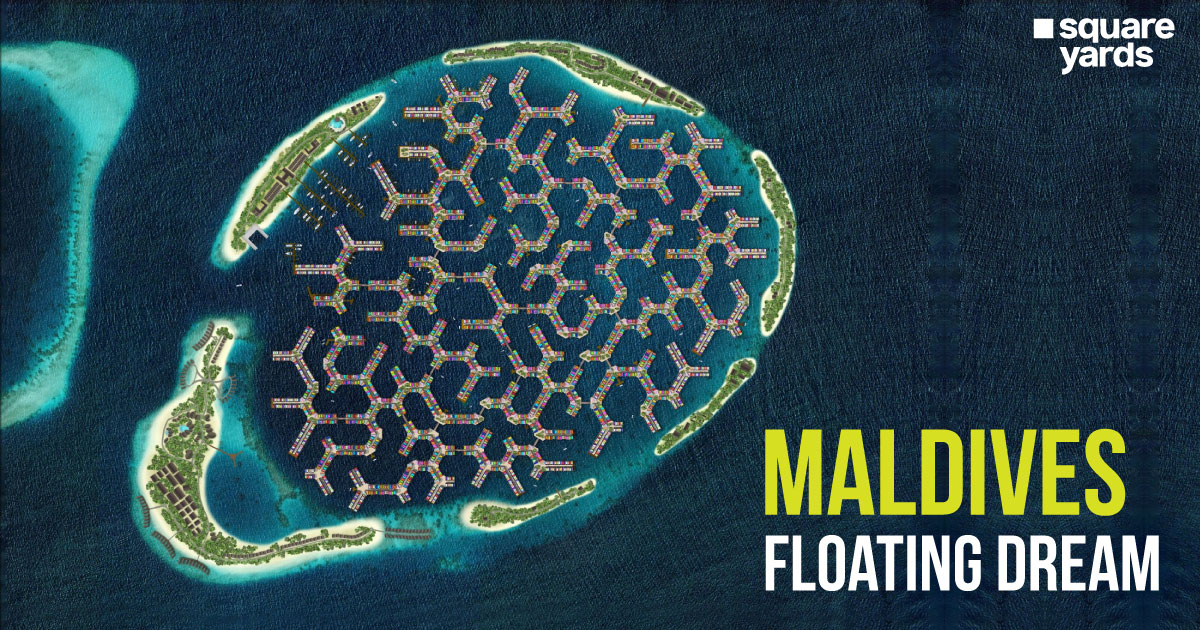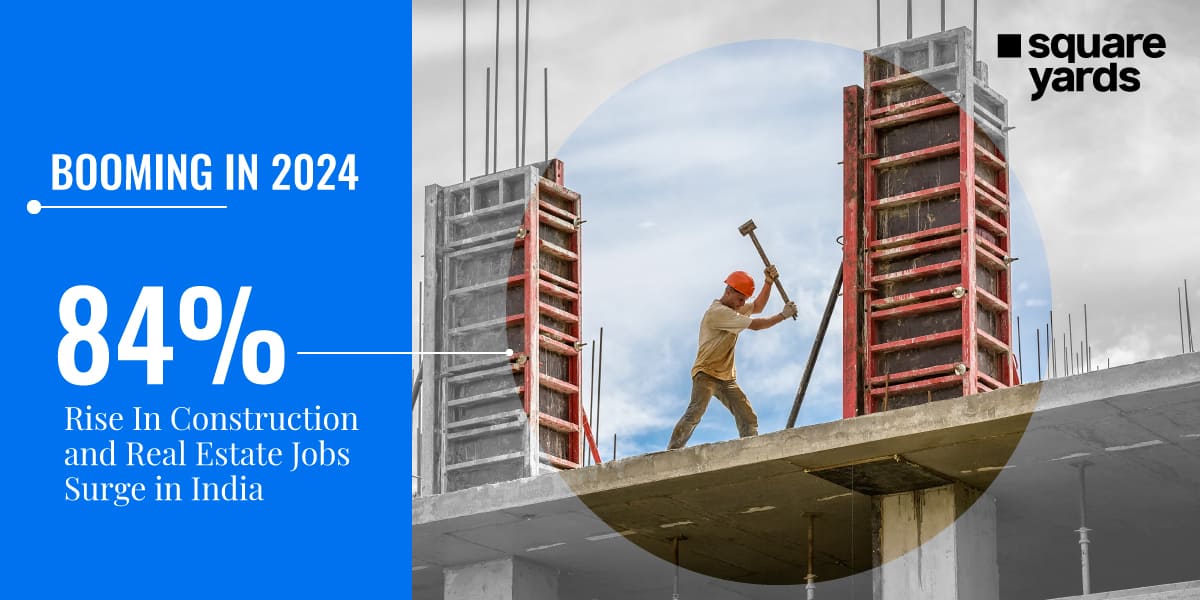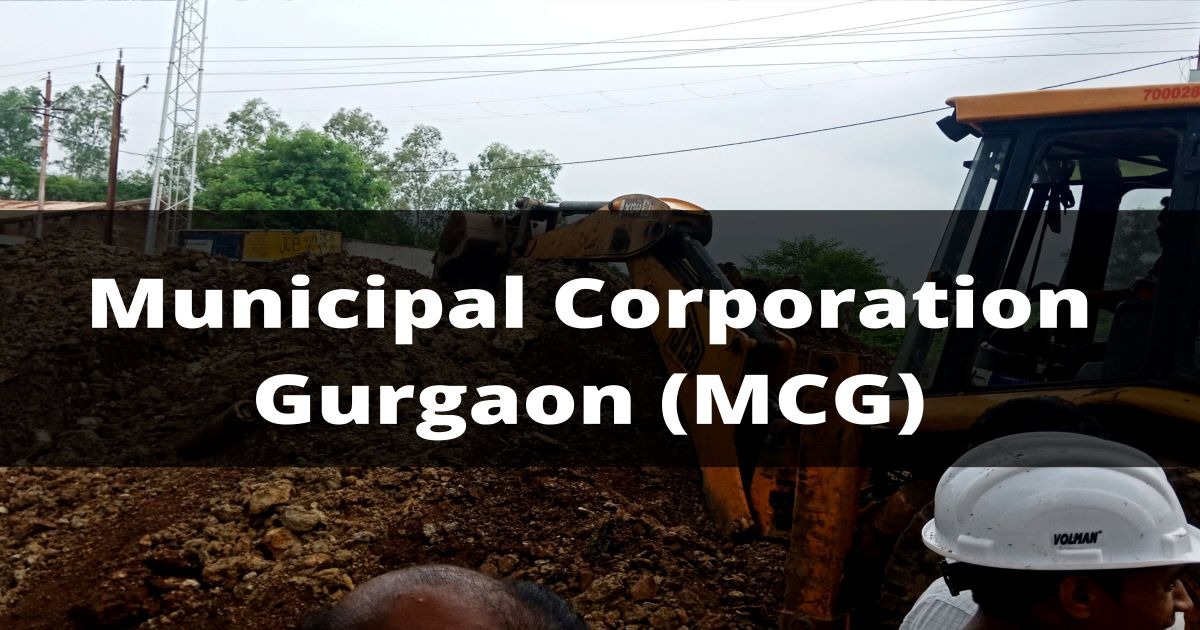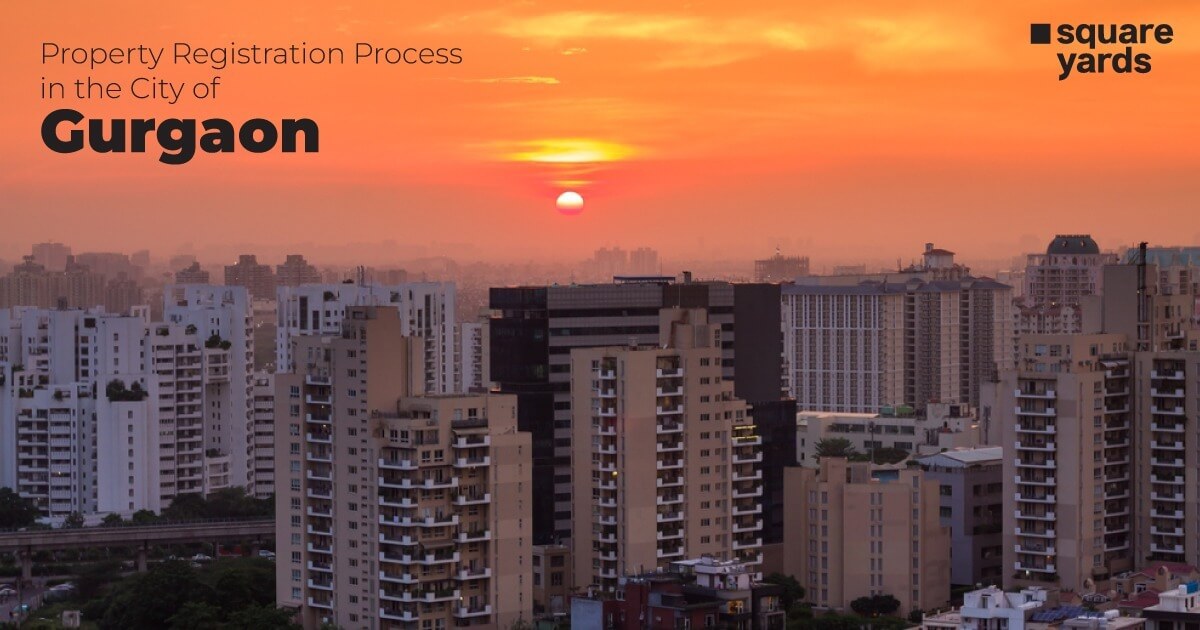Tier-II Cities are having a moment, that moment in time when they are finally becoming value propositions in their own right. With the pandemic having turned things upside down and forced a deeper examination of priorities across India and the world, Tier-II cities are no longer poor cousins of their flashier metro counterparts. In fact, they are witnessing a real estate and development growth wave that could last well into the next few years.
Tier-II cities are steadily becoming integral parts of the Indian growth story, not just through infrastructure and commercial development, but also through increasing real estate growth. With demand soaring for integrated township projects, bigger apartments and other plotted development projects in Tier-II cities, an influx of reputed real estate developers and brands, and of course, multiple new infrastructural initiatives like regional airports, new highways, metro railway networks, social amenities and commercial growth, things could not be sunnier. Yet what lies behind this dramatic shift? Here’s unearthing some of the possible factors.
Table of contents
Key Resurgence-Drivers for Tier-II Cities
Urbanization and Infrastructure Development
India is rapidly urbanizing, a trend that has positively engulfed Tier-II cities as well. With a shift in mindsets, higher disposable incomes and rising aspirations, Tier-II cities are now becoming the hottest untapped markets for brands in all segments, right from shopping malls and retail to apparel, FMCG, restaurants and eateries, automobiles and more. This is giving rise to better social amenities, healthcare facilities, educational institutions and recreational amenities in these cities as well.
At the same time, infrastructure development has clearly been a catalyst for long-due growth of several Indian cities. Be it the Government’s Smart City project, new highways and roadways, commercial and industrial corridors, metro railway and railway extension projects and even regional airports, these drives have benefited Tier-II cities more.
A Clear Re-assessment of Priorities
Millennials, who arguably make up the biggest buying demographic today for real estate developers, have suddenly shifted their life goals and priorities. Big, fast and costly cities are not the epitomes of high quality of life anymore. Today, after the COVID-19 pandemic, millennials are equating better quality of life with open space, more scope for amenities, bigger homes, higher affordability, proximity to family members and friends, greenery and plants, and comparatively lower living costs with ample room to save for future exigencies.
Tier-II cities fit the bill in all respects. They have huge space for integrated township, plotted development and other real estate projects. Buyers can purchase considerably larger units at comparatively lower prices. They can get more amenities and facilities by paying less. They can raise their children amidst more tranquility, lesser pollution and in happier communities while enjoying lower costs of living in these cities.
The Return of the NRI End-User
While NRI buyers were mostly investors at one point of time, the end-users in there are back and how! NRIs are creating a big splash in the Indian housing market, which is quite evident from rising sales volumes of reputed developers. However, this time, NRI buyers are not only going for the best homes in major cities but also in peripheral zones and suburban areas along with their hometowns or smaller cities. They are doing this to be near their parents and families. This has also benefited the realty market in Tier-II cities.
Commercial and Educational Growth in Tier-II Cities
One of the biggest reasons behind urban migration from smaller cities is the lack of corporate and company offices/branches there along with lower employment opportunities. Another reason that is often cited is the lack of educational opportunities. However, things are changing and how! Several Tier-II cities are becoming educational hubs with the choicest colleges, universities and schools establishing their presence in these regions.
At the same time, several Indian corporates and IT/ITeS companies are opening branches in several of these cities, enabling their employees to move back to their hometowns. Accenture is reportedly setting up offices in Coimbatore and Jaipur, while IBM is also opening Innovation Centres at Kochi and Coimbatore. TCS is investing in Indore while Wipro has already opened in Vishakhapatnam. Brands like Zoho are also expanding across rural and non-urban zones with satellite offices. Cities like Vijayawada, Vizag and Kakinada are witnessing exponential growth. Consider infrastructural and manufacturing growth in several cities along with the rise in start-ups.
These factors are creating more employment opportunities closer home for residents of Tier-II cities. Economic activity has clearly gone up in most cities with tourism growth, connectivity and industrial corridors and the spread of the e-commerce sector.
The Unabated Interest of Investors
Real estate investors are now eyeing first-mover or lucrative opportunities in growing Tier-II cities. This is because Tier-II cities are still not saturated and have ample room for capital value appreciation and price growth with soaring demand. Investors are attracted by the scope of earning higher future gains on realty investments in Tier-II cities, particularly those driven by economic and infrastructural growth.
Some of the cities doing well on almost all of these parameters include Ahmedabad which is one of the fastest growing business and economic hubs of India today, along with Indore which is steadily becoming an IT hub. Coimbatore is witnessing steady educational and infrastructural growth while Chandigarh is also benefiting from its business growth and developed social amenities. Jaipur is becoming a major IT hub while Kochi is seeing similar growth while offering a productive business atmosphere as well. Vishakhapatnam has turned into a major manufacturing, IT and educational hub while Coimbatore is now home to some of the country’s most reputed universities and other institutions.
Several developers in the South Indian market are already expanding into Coimbatore, Kochi, Hosur, Thiruvananthapuram, and Thrissur. Ahmedabad is witnessing sky-rocketing growth in the west along with Nagpur while Indore is also reaping rewards of steady development along with Lucknow. Chandigarh and Mohali are attractive propositions in the North along with Jaipur, Faridabad, Ghaziabad and Meerut. Towards the East, Siliguri is witnessing rising demand along with Jamshedpur and several North-Eastern cities as well.
You Might Also Like to Read




































